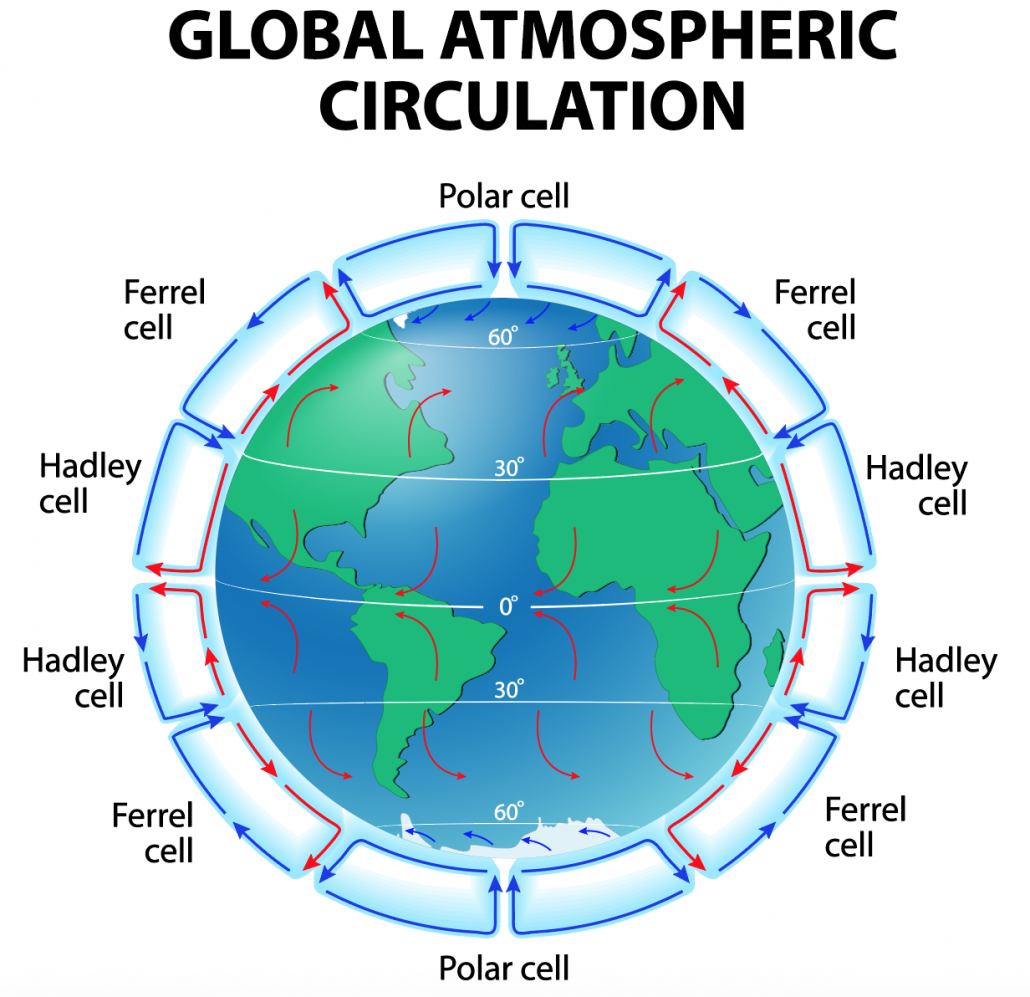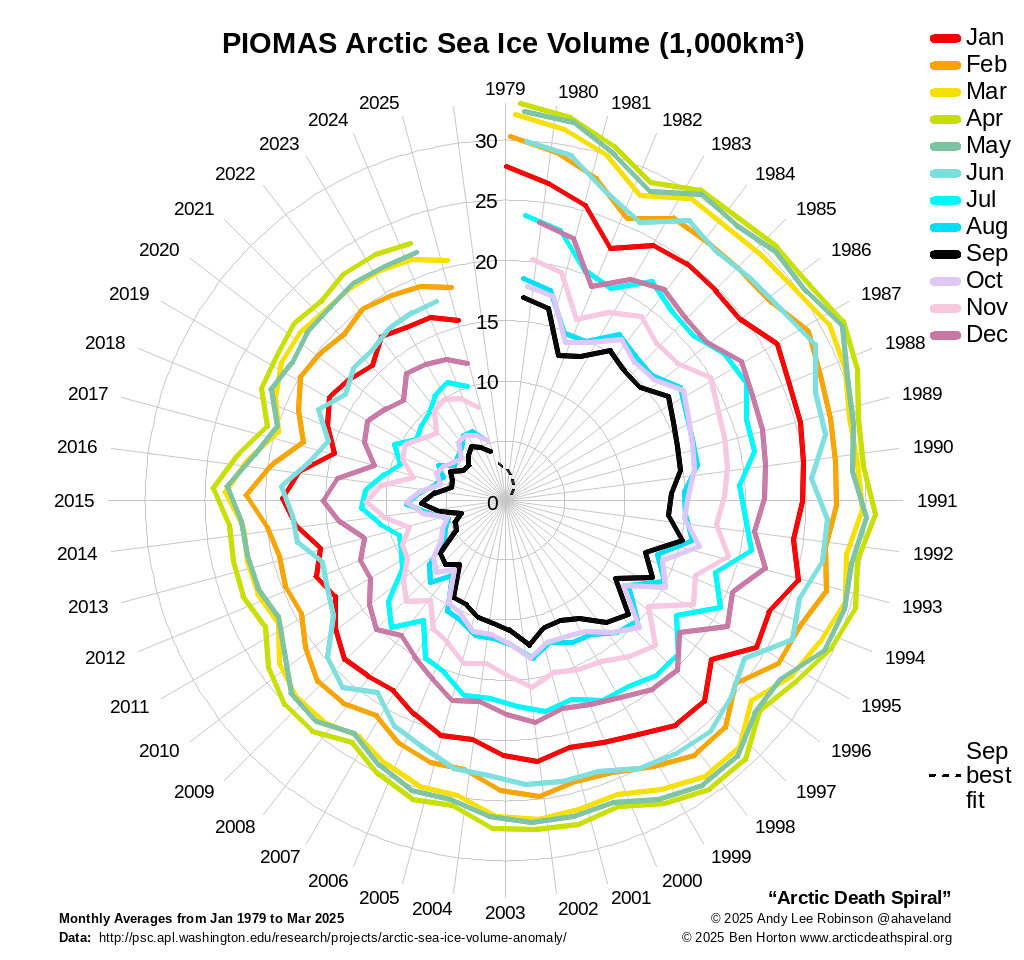 Meanwhile, the atmosphere has its own ideas. The photo to the left was taken in the southern Sahara desert yesterday. Yes, that's water, and no, that's not the way it normally looks. What's happened over the last few days is that for the first time in centuries, the autumn monsoons that keep the middle of Africa green swung north into the desert belt and gave them more rain in a few days than they normally get in years. Dry lakebeds that haven't been filled in recent history are lakes today. If that continues -- and there are plenty of other signs that northern hemisphere climate belts are shifting northwards -- the entire belt of countries in the southern half of the Sahara, at least, will become arable and potentially prosperous.
Meanwhile, the atmosphere has its own ideas. The photo to the left was taken in the southern Sahara desert yesterday. Yes, that's water, and no, that's not the way it normally looks. What's happened over the last few days is that for the first time in centuries, the autumn monsoons that keep the middle of Africa green swung north into the desert belt and gave them more rain in a few days than they normally get in years. Dry lakebeds that haven't been filled in recent history are lakes today. If that continues -- and there are plenty of other signs that northern hemisphere climate belts are shifting northwards -- the entire belt of countries in the southern half of the Sahara, at least, will become arable and potentially prosperous. Let's bring in a little history for reference. 6000 years ago the entire Sahara region, and also the Arabian desert and the deserts of northern India, were lush savanna regions full of wildlife. Elephants, lions, and giraffes lived there, and so did a lot of human beings. Then the global climate cooled and catastrophic droughts turned all those areas into nearly lifeless deserts. As late as Roman times, the areas that are now Morocco, Tunisia, and Libya were the breadbasket of the Empire, producing bumper crops of grain every year.
 My theory -- which I've discussed in this journal before -- is that the earth's current climate structure is much less stable than current climate science assumes. The way it currently works is that there are three cells (patterns of air circulation) in the atmosphere between the equator and the north pole: the Hadley cell between the equator and about 30° north, the Ferrel cell between 30° and 60°, and the Polar cell between 60° and the north pole. The Polar and Hadley cells are strong, but the Ferrel cell is weak and unstable.
My theory -- which I've discussed in this journal before -- is that the earth's current climate structure is much less stable than current climate science assumes. The way it currently works is that there are three cells (patterns of air circulation) in the atmosphere between the equator and the north pole: the Hadley cell between the equator and about 30° north, the Ferrel cell between 30° and 60°, and the Polar cell between 60° and the north pole. The Polar and Hadley cells are strong, but the Ferrel cell is weak and unstable. Right now the north polar area is warming very quickly. If that goes far enough, it will cause the Polar cell to reverse its direction, as warm air rises from the pole. That will cause the Ferrel cell to collapse completely, and the Hadley and reversed Polar cells will divide the space between them. Since the behavior of the cells determines climate belts, the desert belt now around 30° north will shift to 45° north, and the north pole will end up with a climate like that of northern Scotland or the southern coast of Alaska -- not exactly balmy, but not cold enough to support the current Greenland ice cap.
What does that mean in practical terms, if it happens? It means that in the decades ahead, the Sahara, Arabian, Indian, and Sonoran deserts will transform themselves into grasslands kept green by regular seasonal rains. It means that large sections of the United States and southern Europe will enter desert conditions, and existing rain-shadow deserts will become much dryer -- quite possibly too dry to support human life. It means that the Greenland ice cap will melt over the next few centuries, raising sea level 50 feet or so worldwide. That will be a matter of a few inches a year -- we're not talking cataclysm here -- but it will mean that most of the world's seaports and a great deal of its low-lying land (Florida, for example) will gradually go underwater, piling spectacular costs on an already strained global economy.
Do I know for a fact that this is going to happen? No -- but monsoon rainfall in the southern Sahara is one of the crucial signs I've been watching for, and now it's happened. If it happens again at any point in the next ten years, we may well be in for it.
 I find myself in the rather odd situation of having come up with a detailed and, I think, unique hypothesis about where the current round of climate change is headed. As far as I know it works in terms of physical laws, and the global climate seems to be shifting in the direction I'm anticipating, but as far as I know I don't have any readers who are climatologists and thus can check my work -- and the academic scene isn't exactly enthusiastic about outsiders proposing theories.
I find myself in the rather odd situation of having come up with a detailed and, I think, unique hypothesis about where the current round of climate change is headed. As far as I know it works in terms of physical laws, and the global climate seems to be shifting in the direction I'm anticipating, but as far as I know I don't have any readers who are climatologists and thus can check my work -- and the academic scene isn't exactly enthusiastic about outsiders proposing theories.  Got it? Now factor in greenhouse gases. Those, in effect, increase the insulating value of the atmosphere and thus make the transfer of heat from the tropics to the poles more efficient. The increasing heat in the arctic region melts the sea ice: on the right is a useful chart of the decline in ice cover.
Got it? Now factor in greenhouse gases. Those, in effect, increase the insulating value of the atmosphere and thus make the transfer of heat from the tropics to the poles more efficient. The increasing heat in the arctic region melts the sea ice: on the right is a useful chart of the decline in ice cover. 